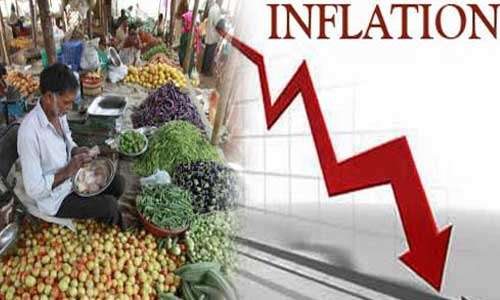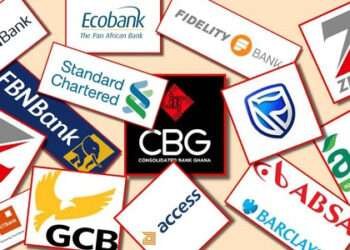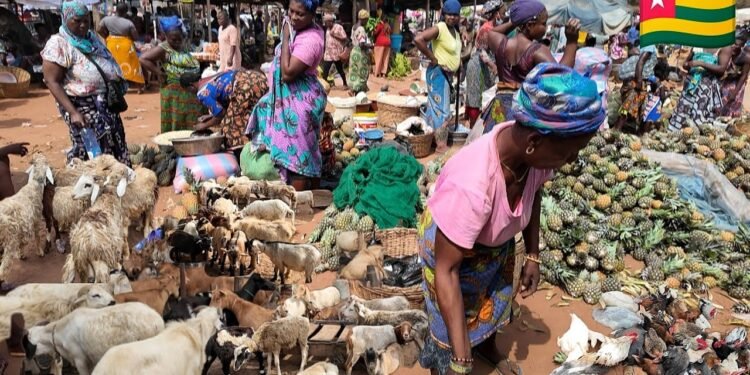Year-on-year inflation for end-month January, 2021 recorded a slight decline to 9.9 percent from 10.4 percent in December, 2020. Thus, indicating a 0.5 percentage point decrease as compared to that of last month. Albeit, recent inflation data from the Ghana Statistical Service (GSS) established the same rate of change in inflation on a month-on-month basis (0.9 percent in both January 2021 and December 2020).
An ease in inflation is everywhere considered a good sign for the economy; households- particularly the poor – as it signals a reduction in the cost of living for struggling households as well as a decline in the cost of inputs for firms- especially fledgling businesses/SMEs.
Looking at the numbers published by the Ghana Statistical Service, the slight decline in inflation indicates a return to the Central Bank’s inflation band of 8+/-2, this slight ease in inflation hardly gives a reason for cheer, particularly because, the momentum of inflation stayed relatively the same on a month-on-month basis at 0.9 percent monthly inflation rate.
Comparatively, the inflationary pressures for December, 2020 was attributed to supply side factors emanating from access to materials- especially food materials like the supply of maize which featured among items described as often hard to come by, according to IHS Markit, Economics Director, Andrew Harker.
This notwithstanding, the atmosphere that characterized the election period also featured in increasing general price levels which also indicates the dynamics with the season coupled with demand pressures identified with the festive season.
The dynamics of entering into this year cannot be ignored: Firstly, given that supply side constraints do not really ease up completely. This means that cost of inputs were relatively going to be high. Secondly, the fact that economic activity/ demand had begun picking up gradually as a result of the reopening of schools following a nine-month shut down due to the coronavirus disease pandemic.
These ensuing events to a very large extent explain the fall in y-on-y inflation but no change in month-on-inflation.

Moreover, inflation rate for the month of February, 2021 and the ensuing months to come are going to be the real test for a decline in inflation or not. As we experience renewed waves of the coronavirus disease pandemic, and the government grapples with the herculean task of curbing the spread of the virus; the renewed ban on some economic activities being introduced and the fear of whether more bans will be issued or else the dreaded introduction of a lockdown will be required; These turn of events, are no doubt a cause for worry.
Furthermore, recent volatility in oil prices indicating hints of rise in fuel prices may feature in increasing prices of goods the more. Consumers should therefore be on the look-out and accordingly, adjust their expectations.
Andrew Harker, Economics Director, IHS Markit commenting on Ghana’s PMI for January, 2021 intimated that:
“The recent rise in COVID-19 case numbers, however, throws the sustainability of the current upturn into doubt. February PMI data will show how this renewed wave of infection’s impacts the private sector economy. One further headwind is rising inflationary pressures, with firms increasing their selling prices at the quickest pace in just over two years in response to sharply higher cost burdens.”























